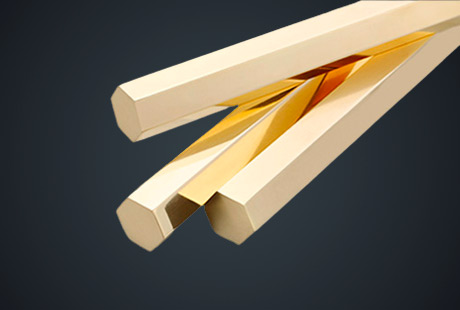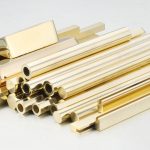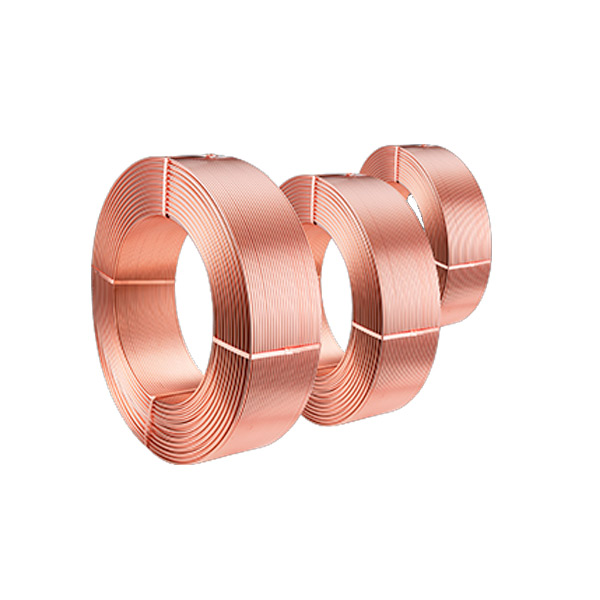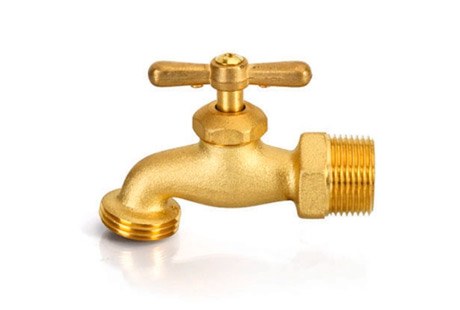Copper pipes have long been recognized as the preferred choice for plumbing and heating systems due to their durability, corrosion resistance, and excellent heat conductivity. Whether you are a professional plumber or a DIY enthusiast, understanding how to weld copper pipes is a valuable skill that can enable you to tackle various projects efficiently. In this blog post, we will explore the different applications of welding copper pipes and provide some tips to ensure a successful weld.
Plumbing Systems
Plumbing systems are the most common application for copper pipes. From residential homes to commercial buildings, copper pipes are widely used for transporting water and gas. When it comes to connecting copper pipes in plumbing systems, welding is often the preferred method. The process involves heating the two pipe ends until they reach their melting point and using a filler material to create a strong bond. A properly welded joint ensures leak-free connections and long-lasting performance, making it essential for the efficient functioning of plumbing systems.
HVAC Systems
Heating, ventilation, and air conditioning (HVAC) systems rely on efficient heat transfer to maintain comfortable indoor environments. Copper pipes play a crucial role in these systems, as they are used to carry refrigerant and facilitate heat exchange. Proper welding techniques are vital when connecting copper pipes in HVAC systems since any leaks or weak joints can result in reduced efficiency or costly repairs. By ensuring a secure weld, you can enhance the overall performance and longevity of HVAC systems.
DIY Projects
While hiring a professional plumber is necessary for complex projects, many DIY enthusiasts tackle simple plumbing projects themselves to save money and gain a sense of accomplishment. Whether you are installing a new faucet or replacing a broken pipe, welding copper pipes is a valuable skill for DIYers. By learning the proper techniques and safety precautions, you can confidently complete various plumbing tasks at home. However, it is important to note that welding copper pipes requires practice and expertise, so it is advisable to start with small projects before taking on more significant endeavors.
Industrial Applications
Beyond plumbing and HVAC systems, welding copper pipes find applications in various industrial settings. Industries such as power generation, refrigeration, and chemical processing often rely on copper pipes for their exceptional heat transfer and corrosion resistance properties. Welding copper pipes in industrial applications demands a higher level of expertise and precision due to the scale and complexity involved. It is crucial to follow industry-specific guidelines and quality standards to ensure the integrity and reliability of welded joints in these critical systems.
In conclusion, welding copper pipes is a skill that holds immense importance in different applications, including plumbing systems, HVAC systems, DIY projects, and industrial settings. Whether you are installing a new plumbing system, repairing a leak, or undertaking an industrial project, understanding how to weld copper pipes properly is crucial for achieving reliable and durable connections. Investing time and effort in learning and practicing the correct welding techniques can save you money, time, and potential headaches down the road. Remember, brands like Jintian Copper offer high-quality copper pipes that are best suited for welding applications, ensuring the strength and durability of your projects.

 English
English 한국어
한국어 français
français Deutsch
Deutsch Español
Español italiano
italiano العربية
العربية tiếng việt
tiếng việt Türkçe
Türkçe ไทย
ไทย 中文
中文





